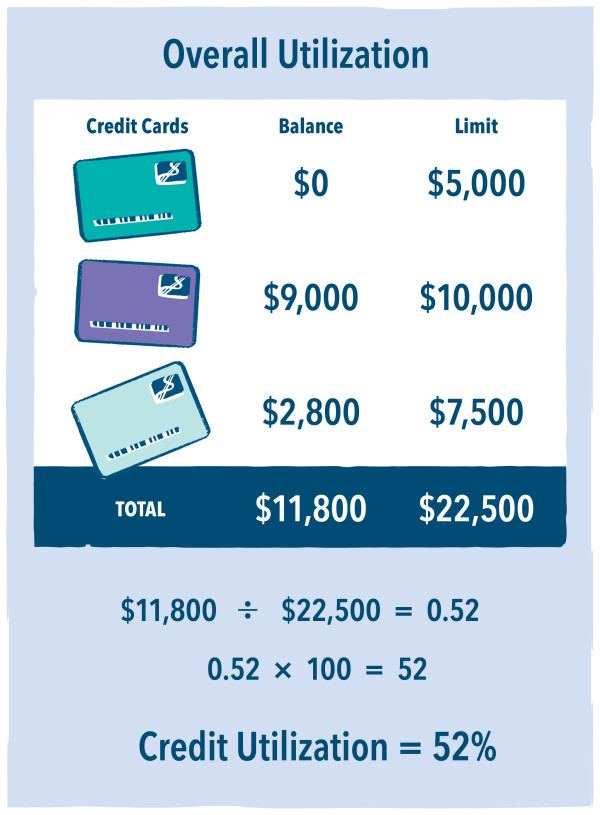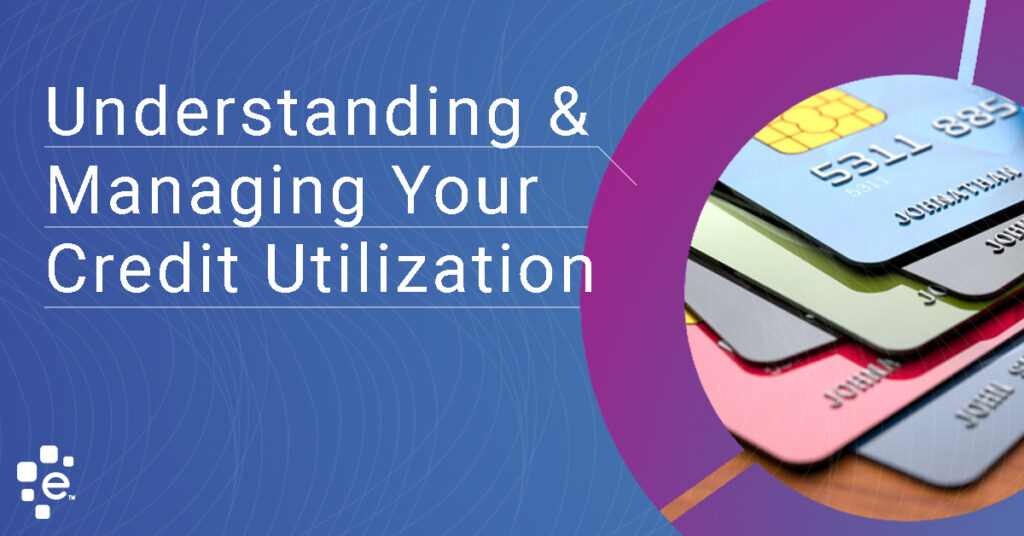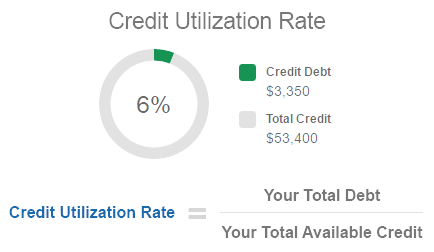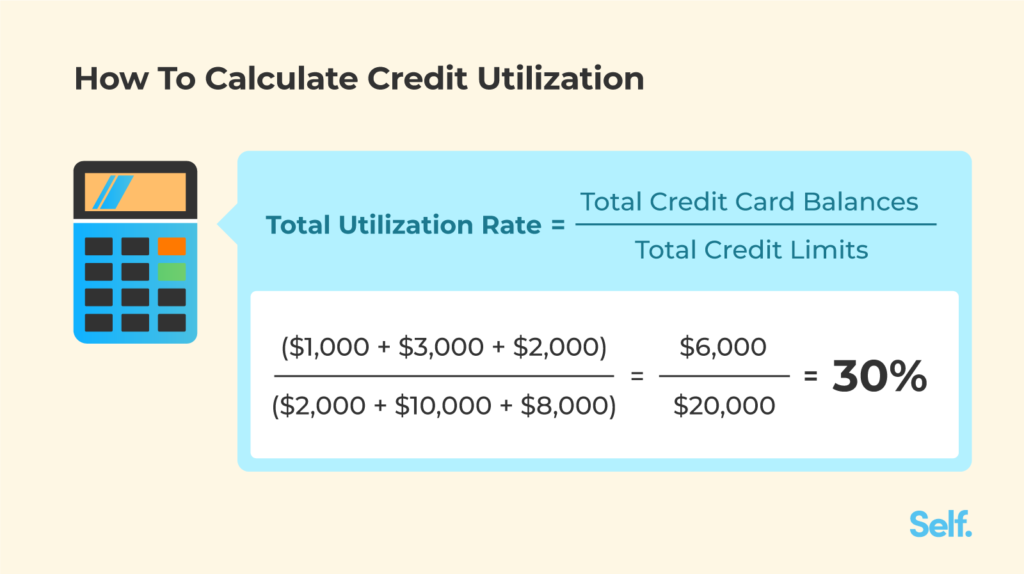Welcome to “Understanding Credit Utilization: Managing Your Credit Card Balances”! If you’ve ever wondered how your credit card balances affect your credit score, this article is for you.
In this article, you’ll learn more about the importance of credit utilization and how it can impact your overall creditworthiness. We’ll debunk common myths surrounding credit card balances and provide you with actionable tips on how to manage your balances effectively. Whether you’re looking to improve your credit score or maintain a healthy credit profile, this article will equip you with the knowledge you need. Stay tuned to learn more about credit utilization and how to make it work in your favor.

This image is property of images.ctfassets.net.
Basics of Credit Scores
What is a credit score?
A credit score is a numerical representation of an individual’s creditworthiness. It is used by lenders to determine the likelihood of a borrower repaying their debts. Credit scores typically range from 300 to 850, with a higher score indicating a lower risk for lenders.
How is a credit score calculated?
Credit scores are calculated using various factors including payment history, credit utilization, length of credit history, types of credit used, and new credit accounts. Each factor carries a different weight in the calculation, with payment history being the most influential.
Why is a credit score important?
A credit score plays a crucial role in financial activities such as obtaining loans, renting apartments, and even applying for certain jobs. A good credit score can result in lower interest rates, higher credit limits, and better loan terms, while a poor credit score can lead to loan rejections and higher interest rates.
Fixing Errors on Credit Reports
Identifying errors on your credit report
It is important to regularly review your credit report for any errors or inaccuracies. Common errors include incorrect personal information, accounts that do not belong to you, and late payment reports that were made on time.
Disputing credit report errors
If you find any errors on your credit report, you have the right to dispute them. To do so, you must send a written letter to the credit reporting agency, providing evidence and documentation that supports your claim. The credit reporting agency is then required to investigate the dispute and correct any errors found.
Following up on credit report disputes
After disputing an error on your credit report, it is crucial to follow up with the credit reporting agency to ensure that the necessary corrections have been made. This may involve sending additional documentation or engaging in further communication with the agency. It is important to be persistent and assertive during this process.
Debunking Credit Repair Myths
Common myths about repairing credit
There are several common misconceptions surrounding credit repair. These include the belief that credit repair companies can magically fix your credit, that you can erase negative information from your credit report, and that credit counseling is the same as credit repair. It is important to separate myth from reality in order to make informed decisions about credit repair.
The truth behind credit repair misconceptions
Credit repair is not an overnight process and cannot guarantee a perfect credit score. It involves strategic steps such as identifying errors, disputing inaccuracies, and improving credit habits. Negative information cannot be removed from a credit report if it is accurate, but it may be possible to negotiate with creditors to remove or update certain entries.
How to avoid falling for credit repair scams
Unfortunately, there are many scams in the credit repair industry that prey on individuals desperate to improve their credit. To avoid falling victim to these scams, it is important to research and choose reputable credit repair companies, read reviews and testimonials, and be wary of any company that makes unrealistic promises.
Building Credit and Improving Creditworthiness
Establishing credit history
If you have no credit history, it is important to start building one. This can be done by opening a secured credit card or becoming an authorized user on someone else’s credit card. Paying bills on time and keeping credit utilization low will help establish a positive credit history.
Types of credit accounts to build credit
Having a mix of credit accounts can positively impact your credit score. This includes credit cards, loans, and lines of credit. It is important to manage these accounts responsibly, making regular payments and keeping balances low.
Tips for improving creditworthiness
Improving creditworthiness involves a combination of responsible credit usage and positive financial habits. Some tips include paying bills on time, keeping credit card balances low, avoiding unnecessary debt, and regularly reviewing your credit report for errors.

This image is property of www.experian.com.
Understanding Credit Utilization
What is credit utilization?
Credit utilization refers to the percentage of available credit that you are using. It is an important factor in credit scoring models and can significantly impact your credit score. A low credit utilization ratio, ideally below 30%, is generally considered favorable.
How credit utilization affects credit scores
A high credit utilization ratio can indicate financial instability and increase the risk for lenders. This can result in a lower credit score. On the other hand, maintaining a low credit utilization ratio demonstrates responsible credit management and can improve your credit score.
Strategies for managing credit card balances
To effectively manage credit card balances and maintain a low credit utilization ratio, it is important to pay off balances in full each month, avoid maxing out credit cards, and consider spreading out credit card usage across multiple cards. Monitoring spending habits and creating a budget can also help manage credit card balances effectively.
Late Payments and their Impact on Credit
Consequences of late payments on credit scores
Late payments can have a significant negative impact on credit scores. They can remain on your credit report for up to seven years and can lower your credit score by several points. Additionally, late payments can result in higher interest rates, making it more expensive to borrow money in the future.
How to avoid late payments
To avoid late payments, it is important to always pay bills on time. Setting up automatic payments or creating reminders can help ensure that payments are made promptly. It is also helpful to prioritize bill payments and budget accordingly to avoid financial strain.
Recovering from late payment impacts
If you have made late payments in the past, it is still possible to recover and improve your credit score. This involves consistently making on-time payments moving forward, minimizing credit utilization, and practicing responsible financial habits. Over time, the negative impact of late payments will diminish.

This image is property of www.experian.com.
Credit Repair vs. Debt Settlement
Differences between credit repair and debt settlement
Credit repair focuses on improving your credit profile, removing errors, and disputing inaccuracies on your credit report. Debt settlement, on the other hand, involves negotiating with creditors to settle debts for a lower amount than what is owed. Both methods can potentially improve your financial situation, but they address different aspects of your credit and debt.
Pros and cons of credit repair and debt settlement
Credit repair can help improve your credit score and overall creditworthiness, making it easier to obtain credit in the future. Debt settlement, on the other hand, can provide relief from overwhelming debt and the ability to pay off balances at a reduced amount. However, both methods have potential drawbacks and may not be suitable for everyone.
Choosing the right approach for your financial situation
The right approach depends on your individual financial situation and goals. If you are primarily concerned about your credit score, credit repair may be the best option. If you are struggling with excessive debt and need immediate relief, debt settlement may be more appropriate. It is important to carefully consider your options and consult with a financial professional if necessary.
Collections and Charge-Offs
Understanding collections and charge-offs
Collections and charge-offs are negative entries on your credit report that occur when a creditor has not received payment for an extended period of time. Collections involve a third-party debt collector pursuing payment, whereas charge-offs occur when the creditor writes off the debt as uncollectible.
Dealing with collection agencies
If you have an account in collections, it is important to communicate with the collection agency. You may be able to negotiate a payment plan or settlement agreement. It is crucial to get any agreements in writing and ensure that the collection agency updates your credit report accordingly.
Rebuilding credit after collections or charge-offs
Rebuilding credit after collections or charge-offs involves a combination of responsible financial habits and time. This includes making on-time payments, keeping credit card balances low, and avoiding excessive debt. It is important to have patience and consistency during this process.

This image is property of images.ctfassets.net.
Hiring Credit Repair Companies vs. DIY Repair Tips
Benefits and drawbacks of hiring credit repair companies
Hiring a credit repair company can save you time and effort in navigating the credit repair process. They have expertise and experience in dealing with credit bureaus and creditors. However, there may be costs associated with their services, and it is important to choose a reputable company.
Steps for DIY credit repair
If you choose to repair your credit on your own, there are several steps you can take. These include reviewing your credit report for errors, disputing inaccuracies, paying bills on time, and managing credit card balances. It is important to educate yourself on credit repair laws and regulations to ensure you are following the proper procedures.
Determining the best approach for your credit repair needs
The best approach for credit repair depends on your individual needs and circumstances. If you have limited time or feel overwhelmed by the process, hiring a credit repair company may be beneficial. If you are willing to invest the time and effort, DIY credit repair can be a cost-effective option. Consider your personal preferences, budget, and level of comfort with the process.
Conclusion
Recap of important credit utilization concepts
Credit utilization is a crucial factor in credit scoring models and has a significant impact on credit scores. Maintaining a low credit utilization ratio can improve your creditworthiness and increase your chances of obtaining favorable loan terms.
Guidance for managing credit card balances effectively
To manage credit card balances effectively, it is important to pay off balances in full each month, avoid maxing out credit cards, and spread out credit card usage. Creating a budget and monitoring spending habits can also help maintain low credit utilization.
Empowerment to take control of your credit repair journey
Understanding credit utilization and managing credit card balances are essential steps in taking control of your credit repair journey. By debunking myths, fixing errors, and implementing good financial habits, you can improve your creditworthiness and achieve your financial goals. Remember to be patient, persistent, and informed throughout the credit repair process.

This image is property of images.ctfassets.net.
